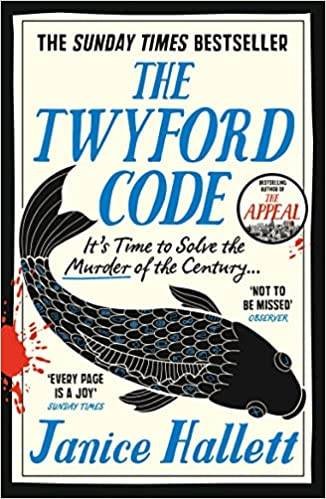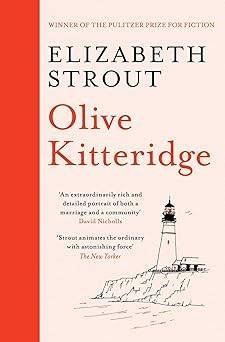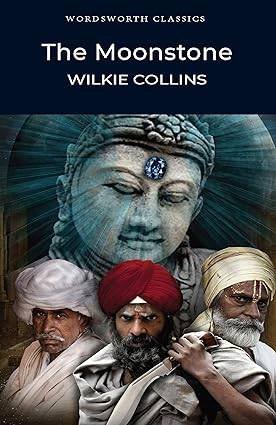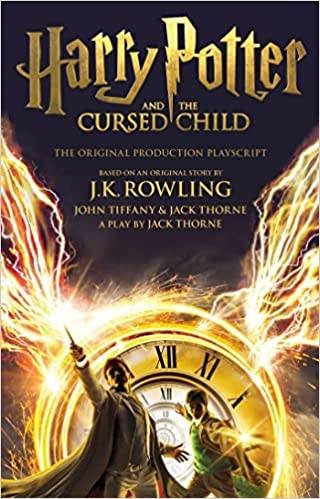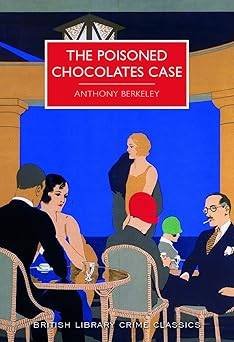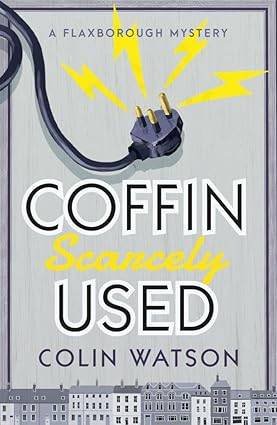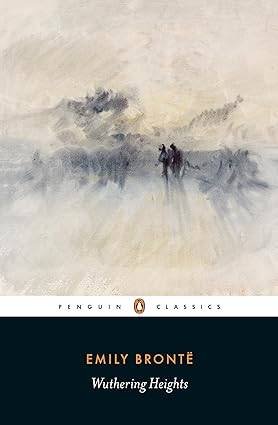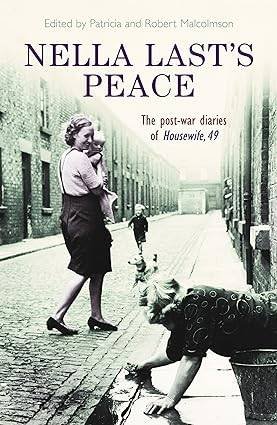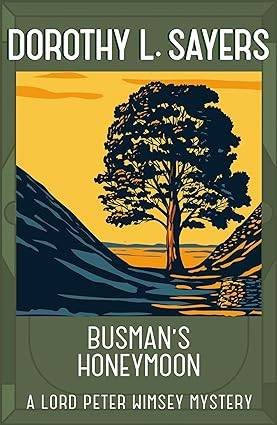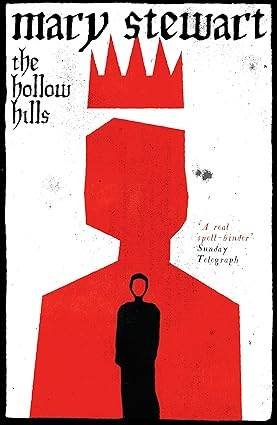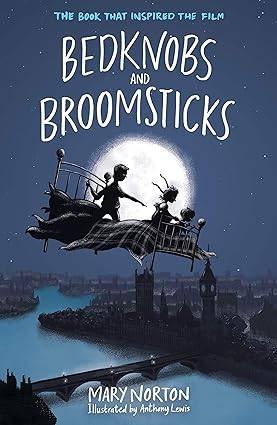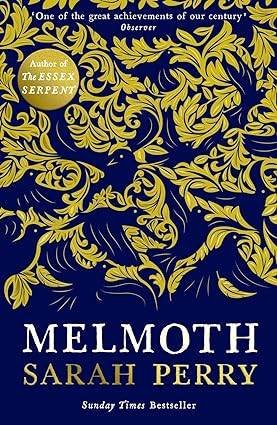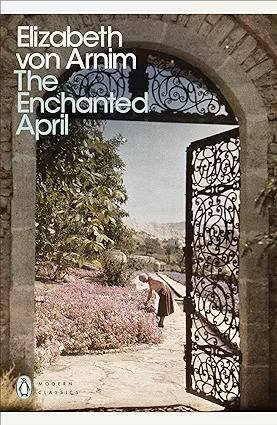Home » Book Reviews » John Buchan » Mr Standfast by John Buchan
Possible spoilers ahead
I loved reading The Thirty-Nine Steps so I have been keen to read all the other books in this series and to discover more of Richard Hannay’s adventures, as exciting things just seem to happen to this courageous action man! Unfortunately I don’t yet have book number two in the series (Greenmantle) which follows on from The Thirty-Nine Steps, but I do have book number three (Mr Standfast). The sensible restrained part of me says I should just wait until I’ve got book number two and read that before reading book number three but…obviously I haven’t listened to that sensible restrained side of me, tut tut, as I have begun Mr Standfast!
As I’m impatiently jumping forward and missing out book number two (!), I have summarised for myself the basic storyline of The Thirty-Nine Steps, in the hope my rashness won’t too much affect my enjoyment of this third book. So The Thirty-Nine Steps was about trying to prevent war (what became the First World War) in a time when the population was unaware of the threat of war which was growing in its midst. The Blackstone Gang were trying to build up conflict between countries and trying to gain possession of plans that England was passing to their ally, France, and the gang was made up of three men, one was distinctive for his hooded eyebrows and one was distinctive for his lisp. Richard Hannay was acting on instructions from Bullivant and McGillavry and Blenkiron. So to Mr Standfast which is set during the latter part of the First World War…
Bullivant and McGillavry and Blenkiron send Hannay on a mission to Glasgow, he’s not given details of what he’s looking for but is told to assume the identity of Cornelius Brand and to pretend to be a pacifist (which he struggles with, as pacifism is against his personal beliefs) and to chat to the local people and keep his ears open, and his contact is a young girl called Mary Lammington. Hannay’s friend, Peter Pienaar, is a prisoner in Germany and whilst he is in prison he is reading The Pilgrim’s Progress. Eeek, The Pilgrim’s Progress book seems to be being used within this book as a kind of a code, I love codes!
Hannay is told to seek out the ‘postbox’ which is being used to pass messages between members of a gang of spies. He meets Amos in Glasgow, who identifies himself as an ally and someone who can be trusted. Hannay is introduced to Gresson, who Amos believes is linked to the gang of spies. Gresson goes by boat to the Scottish Highlands, so Hannay travels on the same boat saying he’s having a walking holiday as he guesses that Gresson is collecting or delivering a package on Skye. Hannay walks from Oban to Skye, avoiding inns and authorities as he has become aware that a description has been given out for him and he is being chased. He finds the ‘postbox’ which is situated in a cliff-face. Wake (a relative of Mary’s) arrives at the postbox, but he doesn’t really explain why he’s there apart from saying he likes climbing and walking so Hannay is suspicious of him at first and thinks he’s part of the gang but then changes his mind and tells him all about the gang and gives him a message to deliver to Amos, which Wake does. Ooooh, that was a bit dramatic with Wake, I wasn’t sure if he was to be trusted or not too. And I just adore this secret postbox in the cliff-face! And the chase through Scotland reminded me of the chase through Scotland in The Thirty-Nine Steps, I wonder if the author knows Scotland well and this is why he chose the same countryside again, although I can imagine that the excitement and drama of any chase would be heightened by the Scottish dramatic and isolated scenery!
Hannay returns to London, and shelters in a tube station during a bombing. Whilst in the tube station, Hannay sees a familiar-looking man and suddenly realises that this is one of the men from the Blackstone Gang (though Hannay had believed them all to be captured or dead), he is able to recognise this man because he had briefly let his ‘mask’ slip due to his terror at the bombing. This man is Ivery, the main spy in the gang which Hannay is trying to stop, but he also sees that Hannay has recognised him so he flees. Hannay is determined that now he has seen this man for who he truly is, he will never be fooled again by whatever disguise he employs. Hmmm, these ‘disguises’ of Ivery’s seem a bit odd, they are obviously very successful as he is able to mix with important people and fool them as to his identity, but it seems like he makes very little change to his actual appearance, he basically just alters his facial expression and his clothes but he doesn’t use a full-on disguise (a false moustache, different eyebrows, a wig, etc) and it is kind of implied that because Ivery believes himself so thoroughly to be the character he has adopted then he is then believed by everyone else to be that character and so avoids recognition and no-one seems to see through this ‘disguise’, apart from now Hannay, hmmm, as I say, this ‘disguise’ thing is very strange, can an altered facial expression and a firm belief in your acting ability really be enough to fool other people?!
Hannay goes back to the Western Front Line in France, as he’s completed his part in the mission for the moment and is awaiting his next role. While in France, he interprets newspaper adverts as being an enemy code. He is based near a chateau in France that he discovers Gresson has visited, and he becomes more suspicious when he sees a woman going into the chateau with a gas mask on. He investigates and finds Mary inside, also investigating, and they discover what they guess is anthrax being made there. Ivery arrives at the chateau and then flees before he can be captured. Mary and Hannay declare their feelings for each other and decide to marry after the war is over. Hmmm, I’m all for a bit of romance in a book but it makes me a little bit uncomfortable that Mary is 19 and Hannay is 40 (!), though I guess a war makes you determined to grab happiness wherever it presents itself, and they do seem happy together and well-suited. And I can be quite forgiving of coincidences in books too, but there does seem to be two large glaring ones in this section (!), as Hannay just happens to be based near the chateau that Gresson has visited, and he also arrives to investigate the chateau just as Mary happens to be there investigating!
Blenkiron thinks they’ve tracked Ivery to Switzerland, where he is now posing as a noble/aristocrat called Graf von Schwabing. Pienaar has also been sent to Switzerland to recover after his release from the prison-of-war camp in Germany, so Hannay goes to Switzerland in the disguise of Pienaar’s servant. Hannay receives a message from the team telling him to go to a lonely house by a lake, but when he arrives there he is captured by Ivery who says he will take Hannay on the Underground Train to Germany where he will be dealt with, and he says he will also capture Mary and take her there. Ivery then leaves to meet Mary, and says he will come back the next day for Hannay. Hannay escapes and steals a car to drive through the snowy Swiss mountain passes to where Mary is, but he crashes the car and misses Mary and Ivery. He meets Wake there who confirms that all the team had received fake messages which seemed to be from someone else within the team but which actually led them to danger. Wake and Hannay then mountain climb/hike back through the dangerous mountain passes which Hannay has just driven through, risking their lives, in order to get Hannay back to the lonely house by the lake that he’s just come from so as not to divert Ivery from his plans, and Hannay also gives information of these plans to Pienaar for him to pass to Blenkiron. When Hannay arrives at the lonely house, Blenkiron and Amos and others are there, and Ivery is then captured. Hannay decides it would be more of a punishment for Ivery to be sent into battle on the English side, so he is forced to join the Western Front Line with Hannay. Oh God, that Underground Train to Germany struck horror in me and reminded me of the German trains in the Second World War which were used to transport people to those horrific concentration camps! And wow, Hannay is a strong determined person, isn’t he?! He escapes capture and then drives through the dangerous mountain passes in the snow and then hikes and climbs back through those passes again, phew, he’s quite the action hero! Though I’m not sure if it all seems a tad overly-complicated and impulsive (!) but I guess Hannay is trained to act on his instinct and to trust this instinct. And it was a bit of a surprise with Ivery joining the English side in the war and I was at first apprehensive thinking he would sabotage things, but I guess remembering his terror at the bomb in the tube station in London then him being at the forefront of the guns and experiencing the constant terror of being killed at any moment and seeing other people killed around him would indeed be an extremely difficult thing for him to handle, so probably would therefore be more of a punishment than just being imprisoned somewhere.
The German Spring Offensive/Operation Michael then begins (on 21st March 1918) their aim being to push their front line deeper in France to reach Amiens and beyond, and break up the front line of the allies. The allies fight successfully, and the Germans also struggle to get their supplies swiftly enough to their advancing troops. This then brings about the Hundred Days Offensive, which is the allies pushing the German front line back over previous territory they’d gained, which also contributes to destroying their morale. However, the allies’ front line consists of far less men compared to the Germans’ front line, and it’s only by the allies’ Royal Flying Corps preventing the Germans’ planes from flying over and therefore realising this weakness in numbers, that this is concealed, and Pienaar sacrifices his life by flying his plane into a German plane which is trying to fly back with the information that the allies’ line is actually much more vulnerable than they had thought. Wake also dies after bravely getting a message to headquarters about the desperately low number of men in Hannay’s front line, as Hannay is a general guiding his troops on the front line. The German army is defeated, and this ends the First World War. Phew, I feel I’ve learnt a lot about the First World War in this last section, and it is fascinating and completely inspiring and humbling! The description of this final battle with its battle lines and formations is quite technical, with lots of terms like ‘forward zone’ and ‘flanking fire’, and I admit that I didn’t understand it all, but the gritty determination and bravery of the allies while exhausted and injured and having lost comrades was just so moving and stirring, and I honestly was very emotional at the end, just caught up in the drama and tension and the sacrifice and bravery! The image of those allies, hugely lower in numbers but fighting against the Germans and fighting to the death, and especially the wonderful heroic Royal Flying Corps, not for a moment giving way and using quick-thinking and their courage and pride of their country to make them the stronger force even though they were pitifully less in number, was inspirational and something which will stay with me for a long time. I really was very very affected when I reached the end of the book, it sounds a little dramatic but I feel like it has even changed me in a way, just learning of all this sacrifice and bravery! Apparently Buchan wrote the final battle scenes at about the same time it was really happening, and he was involved in the First World War, which is also perhaps why it reads so true. There are lots of details of other battles from the war in the book too which I was interested in learning more about but it kind of felt like the author presumed the reader had an in-depth knowledge of these battles so didn’t explain each one and it was frustrating not to get more details and learn more (though perhaps long explanations of each battle would have altered the feel of the book and diluted the action), I did begin looking up each battle on Wikipedia but soon realised that this then stopped the flow of my reading, but I will look them all up now I have finished the book. I am just left with astonishment of how memorable and important and special this book is, with the details of how the end of the First World War came about and the bravery of the men involved in it. I liked too that the German pilot, who Pienaar killed by flying into his plane, was respected by Pienaar as he had come to know him during his time as a prisoner in Germany, as it is very easy to view the opposing side in a war as just the ‘enemy’, so it is important to be reminded that they were decent and brave and self-sacrificing people too with loved ones at home praying for their safe return, even though the cause they were fighting for was different.
I will definitely go on to read the complete series of this book as I am desperate to know what happens to Hannay next, so the next books are The Three Hostages, and The Island of Sheep, but obviously I really ought to read book two before going any further so I will immediately purchase and read Greenmantle! I’m also keen to read John Bunyan’s The Pilgrim’s Progress as it featured so much in this book, and I also read that Buchan was influenced by this book when writing Mr Standfast, and I also hadn’t realised (but learnt from the wonderful Wikipedia!) that ‘Mr Standfast’ is a character from The Pilgrim’s Progress, which ties together nicely as I had wondered about the significance of the title of the book. Phew, after looking up details of The Pilgrim’s Progress, I see that it influenced a whole host of my favourite writers (Charles Dickens with his writing of Oliver Twist and Nicholas Nickleby, Charlotte Bronte with her writing of Jane Eyre and Villette, and even Enid Blyton), wow, it is obviously quite some book! Reading Mr Standfast has made me keen to learn more about the First World War, so I looked in my wonderful local charity shop and did extremely well! I picked up A Nurse At The Front which is the First World War diary of Sister Edith Appleton (edited by Ruth Cowen), and True Stories of the First World War by Paul Dowswell, as well as The Searchers: The Quest for the Lost of the First World War by Robert Sackville-West, and also A War in Words by Svetlana Palmer and Sarah Wallis which is a collection of letters and diaries. I also picked up Battle of Britain by Patrick Bishop, which is about the Royal Air Force during the Second World War but as I couldn’t immediately find any books about the Royal Flying Corps in the First World War I thought this would at least give me a valuable insight into a war pilot’s life and the type of things they faced. All of these sound very inspiring and enlightening books to read, and there’s certainly enough to keep me going!

